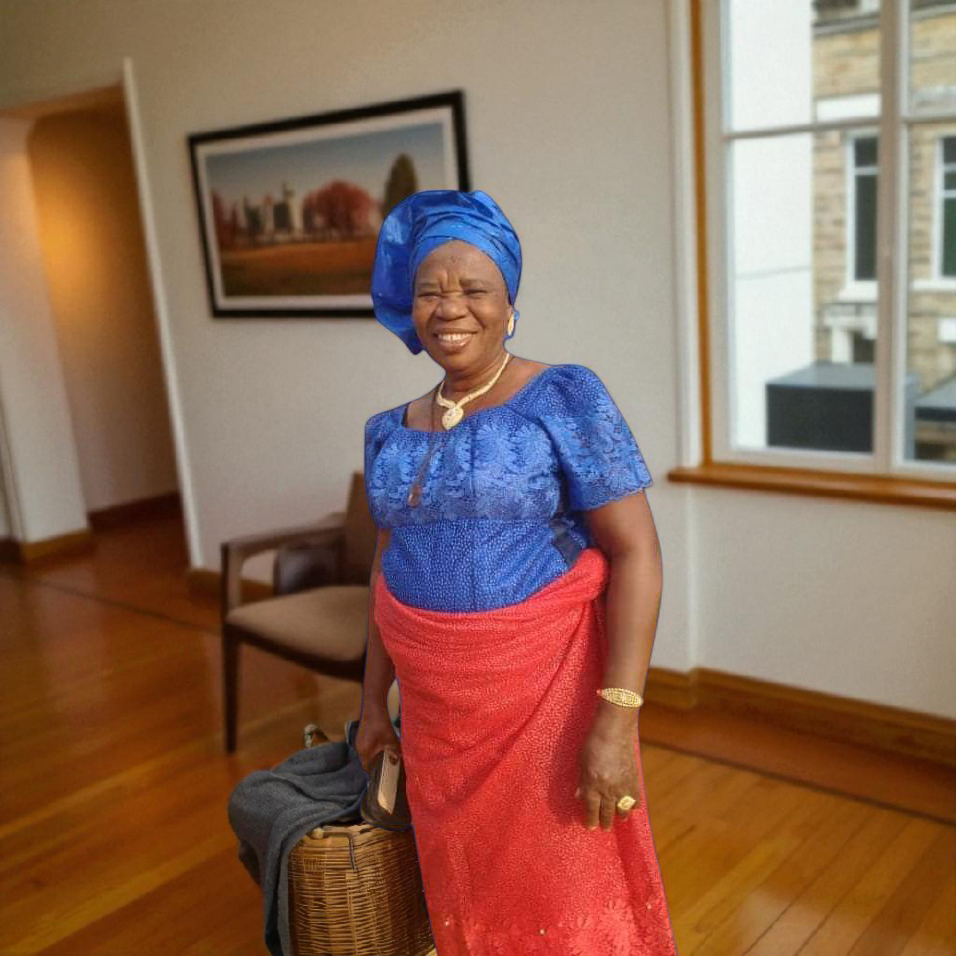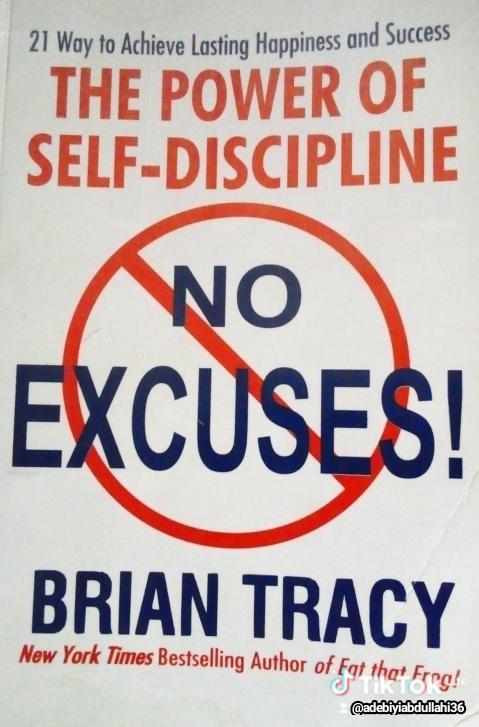Sponsored Advertisements
The man who went to the bush
Leave a Reply
New Discussions
-
Religious mindset

Engr. Acumen
1 min ago00 -
💚 TONIGHT ON KONNECT: THE REVOLUTION HAS BEGUN 🚀

Angelic Beauty
10 mins ago00 -
PRAYER THAT DESTROYS SATANIC-SPONSORED DREAMS

Michael
14 mins ago00 -
My journey to freelance: "Continuation 9"

Penvibe
29 mins ago00 -
PRAYER THAT DESTROYS REPRODUCTIVE ORGAN DISEASES

Michael
34 mins ago00













Mallem
89 days ago---
Title: The Man Who Went to the Bush
Genre: Drama, Mystery
Setting: A small rural village and the deep forest nearby
---
ACT 1: THE DISAPPEARANCE
In the quiet village of Oke-Iyanu, nestled on the edge of a vast, ancient forest, lives a humble man named Pa Adekunle — a widower in his sixties known for his quiet wisdom and a deep connection to nature. One morning, he tells his neighbor:
> “Today, I must go into the bush. Something is calling me.”
No one thinks much of it. People assumed he was going to gather herbs or check his old traps. But Pa Adekunle never returns.
The village grows restless. Days pass. The chief sends a search party. Nothing. Not a footprint. Not a sound.
---
ACT 2: THE WHISPERS
Strange things begin to happen in the village.
Children report hearing drums from the forest at night.
Hunters return with tales of seeing a figure in white, silently watching them from the trees.
Crops begin to fail. Livestock fall ill.
The villagers begin to whisper: “The forest spirits have taken him,” some say. Others believe he went mad and disappeared into the wilderness.
His daughter, Tolu, a university student from the city, returns home determined to uncover the truth. She doesn’t believe in spirits. She believes in logic. But even she cannot explain the journal she finds in her father's hut—pages filled with symbols, dreams, and visions.
---
ACT 3: THE RETURN
One year after his disappearance, just before dawn, Pa Adekunle returns. Naked, silent, and covered in tribal markings not seen in generations.
The village is terrified—but the crops begin to grow again. The animals recover. Rain falls. Children stop crying at night.
When Tolu confronts her father, he finally speaks:
> “I was chosen. The forest remembers. The spirits are angry. And soon, they will come—not for me, but for all who forget.”
His words spark fear, but also something deeper: a reconnection to the old ways. Rituals long abandoned are revived. The village becomes torn—between modern ways and ancient traditions.
---
ACT 4: THE REVELATION
Tolu, caught between science and the supernatural, begins to experience visions herself. She finds carvings in the forest that match her father’s journal. She sees a glimpse of what lies beneath the bush—a secret older than the village itself.
In the final confrontation, Tolu must decide: protect the forest and its secrets, or expose them to the outside world.
As her father stands in the bush once again, ready to vanish for the final time, she asks him:
> “Was it worth it?”
He replies:
> “It wasn’t about me. It was about remembering who we are.”
---
The End.
---
Would you like this expanded into a full stage play script, film screenplay, or novella? Or should I adapt it for children, add comedy, or make it into a folktale style?